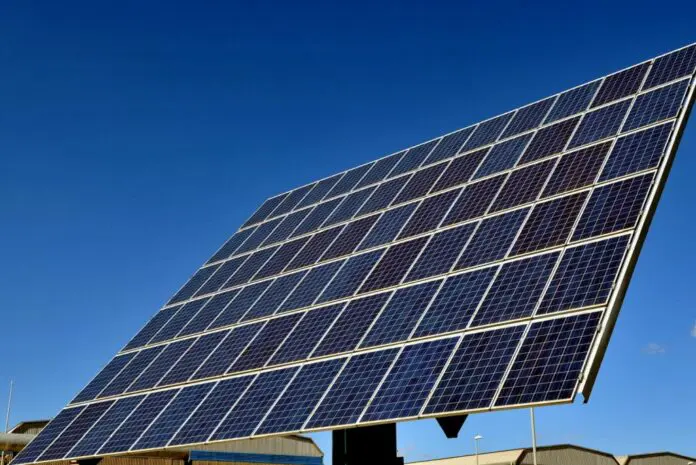
In 2024, renewable energy reached a historic milestone, accounting for over 90% of newly installed energy capacity worldwide. This figure strengthens the sector’s growth, already notable in 2023 with an increase of more than 50% compared to the previous year.
Clean technologies drive industrialized countries
This unprecedented expansion has been led by the rapid spread of clean energy technologies in more advanced countries. According to the EU’s POLES model, in the 1.5°C scenario, by 2050 80% of electricity production in G20 countries will come from renewable sources, marking a decisive shift away from fossil fuels.
An ambitious goal by 2030
Despite the progress, the path to tripling global renewable capacity by 2030 remains long. According to IRENA, to achieve this goal, an annual growth rate of 16.6% will be needed until the end of the decade. This ambitious challenge is at the heart of a detailed study by ISPI and Deloitte, which analyzes the difficult balance between environmental sustainability and energy security in an unstable geopolitical context.
Rising emissions and global ecosystem risks
The analysis highlights a critical issue: global CO₂ emissions from energy have reached a record high of 37.7 gigatonnes. The power sector is the main contributor (36%), followed by industry (26.5%), transport (21.2%), and buildings (7.9%). The failure to reduce emissions is fueling real threats to human health, biodiversity, and water security, with alarming projections for 2050: 14.5 million deaths, $12.5 trillion in economic losses, and $1.1 trillion in additional healthcare costs.
Geopolitical tensions and the raw materials dilemma
The energy transition also faces geopolitical crises. The pandemic, the war in Ukraine, and conflicts in the Middle East have triggered supply chain disruptions and spikes in raw material prices, hitting Europe especially hard. In August 2022, EU gas prices were over three times higher than those in Japan and nearly eight times higher than in the United States, reducing the competitiveness of European companies.
Another critical factor is the geographical concentration of strategic minerals essential for green technologies. The Democratic Republic of the Congo supplies 70% of cobalt, China 60% of rare earths, Indonesia 40% of nickel, while Australia and Chile dominate the lithium market. Moreover, China controls the refining of the vast majority of these materials.
A green transition that requires strategic leadership
According to Andrea Poggi (Deloitte), facing this complex phase requires combining decarbonization with energy security, leveraging innovation and industrial resilience. The key lies in a collaborative approach between public and private sectors, capable of turning challenges into opportunities.
Antonio Villafranca (ISPI) echoes this, noting that the green transition can strengthen, not weaken, energy security. However, he warns, targeted policies and new financial resources are needed to protect families and businesses in the short term.